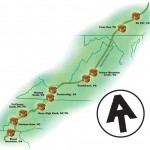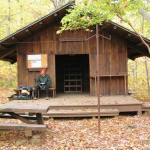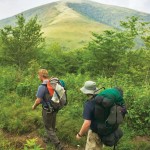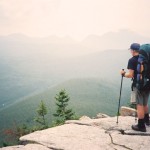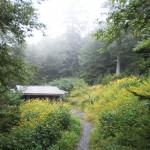Please.... Lets not turn this post into a debate with regards to the usefulness of shelters. I will position myself as having spent many nights in both my tent and in shelters. My question is this... Why were the shelters originally built? I know to provide shelter but, was it due to the weight of older technology canvas tents, to develop fellowship amongst hikers, I am curious?
Regards,
Rightfoot
- Home
- Forum
- Journals
- Gallery
- What's New?
- Todays Posts
- 2,000 Miler Listing
-
Odd & Ends
- About WhiteBlaze/Tools
- About WhiteBlaze
- WhiteBlaze user agreement
- WhiteBlaze logo progression
- WhiteBlaze screen savers
- Purchase a banner spot
- Quick reference
- Usercp
- Subscribed Threads
- Members List
- Calendar
- Mark all forums read




 Reply With Quote
Reply With Quote